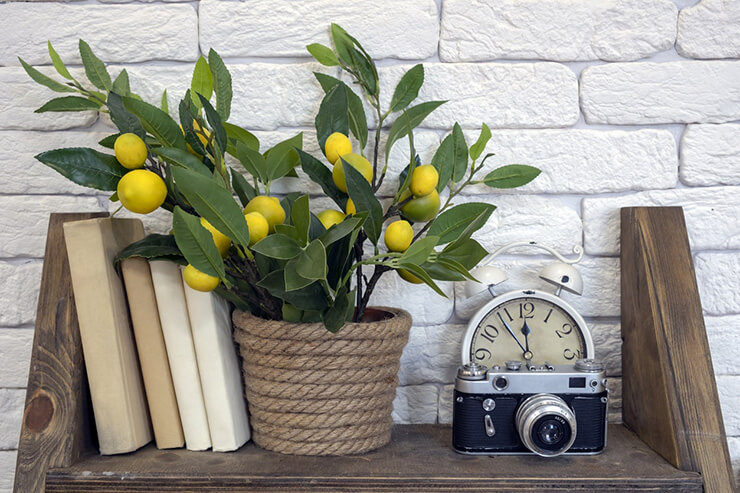Indoor gardening is growing in popularity across the United States—and for good reason. Whether you live in a New York City apartment, a suburban home in Ohio, or a desert bungalow in Arizona, indoor gardening offers the opportunity to grow fresh herbs, vegetables and fruits year-round. But success doesn’t just depend on what you grow—it depends on how you create the right indoor environment to support healthy plants.
Let’s explore the key environmental elements needed for thriving indoor gardens, along with practical advice tailored to various climates and home settings across the country.

Lighting: Natural and Supplemental
Light is the foundation of plant growth. While outdoor gardens rely on the sun, indoor gardeners must work with available window light—or supplement it.
- South-facing windowsprovide the most intense light and are perfect for sun-loving crops like tomatoes, peppers, and citrus.
- East- or west-facing windowsoffer moderate light and are great for leafy greens, herbs, and root vegetables like carrots or radishes.
- North-facing windowsreceive the least light and may require supplemental lighting for most edible plants.
In areas with limited daylight hours, especially in the Winter, grow lights become essential. Full-spectrum LED grow lights mimic sunlight and are energy-efficient. Use timers to maintain consistent light cycles—typically 12-16 hours per day for most vegetables and herbs.
Temperature Control
Most indoor edible plants thrive in temperatures between 60°-75°F (15-24°C). Fortunately, this range overlaps with common indoor household settings. However, fluctuations due to heating or cooling systems can adversely affect sensitive crops.
- In cold-weather states, avoid placing plants near drafty windows or heat vents. Use insulated curtains or bubble wrap around windows in Winter to help retain heat.
- In hot and dry regions, air conditioning may keep temps within range, but dry indoor air can reduce humidity—especially important for plants like mushrooms or microgreens.
If you’re growing in a garage, sunroom, or basement, monitor temperatures carefully with a digital thermometer. Some plants tolerate chill, but extremes in either direction will hinder growth.
Humidity Matters
Indoor air can be surprisingly dry, especially in Winter or in homes with forced air heat. Most edible plants prefer 40-60% humidity, which you find in Spring-like conditions.
Here’s how to boost humidity indoors:
- Group plants together to create a microclimate.
- Use humidity trays(shallow trays filled with water and pebbles).
- Mist plants lightly (especially leafy greens and tropical herbs).
- Use a humidifierin particularly dry rooms.
If you’re growing in already humid states, focus on airflow instead—excess humidity without circulation can invite mold or fungus.
Air Circulation and Ventilation
Good airflow helps prevent mildew, encourages strong stems, and regulates temperature and humidity.
- Place a small oscillating fannearby to mimic outdoor breezes and reduce stagnant air.
- Avoid sealed containers or grow boxes with no ventilation.
- Open windows occasionally (when weather allows) to refresh the air.
In compact spaces like closets or converted grow cabinets, be sure to include intake and exhaust vents or fans to maintain healthy airflow.
Container and Space Considerations
The size and type of your growing containers also influence the indoor environment.
- Use containers with drainage holes to prevent root rot.
- Choose materials that insulate well (ceramic, thick plastic, or wood).
- Place containers on trays or shelves to protect floors and help with mobility.
Vertical gardening setups—such as wall planters or tiered shelves—are excellent for maximizing space in small homes. These are especially handy in urban environments, where outdoor growing space is scarce.
Regional Climate Influences
Your external environment can influence your indoor setup, even if you’re growing inside:
- Northern regions: Prioritize grow lights in Winter and insulated windows.
- Southern regions: Monitor humidity to avoid fungal issues; use blinds to reduce excessive solar gain.
- Western deserts: Add humidity and shade-loving plants near indirect light sources.
- Coastal states: Use supplemental light to combat gloomy Winters and rainy days.
Regardless of where you live, keep track of local daylight hours and seasonal patterns so you can adjust your setup as needed.
Home Layout Tips
The layout and features of your home matter, too. Consider the following:
- Kitchensare great for growing herbs due to easy access and water availability.
- Living rooms or sunroomsprovide ample space and good ambient light.
- Bathroomsoffer excellent humidity for tropical plants (and some herbs) but may need extra light.
- Closets or pantriescan become custom grow rooms with the right setup.
Choose your gardening spot based on light, convenience, and your daily routines.
Creating the perfect indoor growing environment doesn’t require a greenhouse or fancy equipment. With thoughtful adjustments to light, temperature, humidity, and airflow, any home in the U.S. can support a thriving indoor garden.
The key is to start small, watch how your plants respond, and tweak your environment as needed. Over time, you’ll learn exactly what works best in your unique space, season after season.


 Previous
Previous

